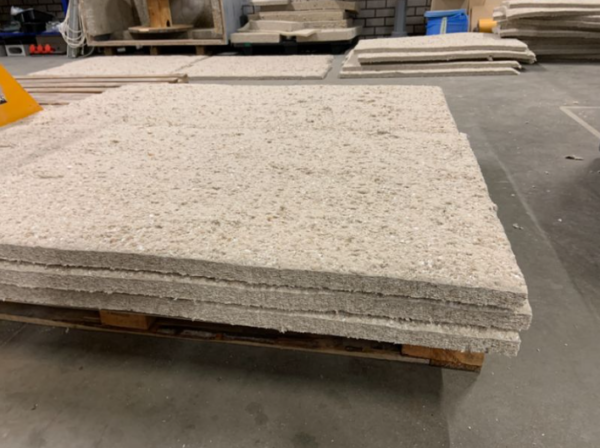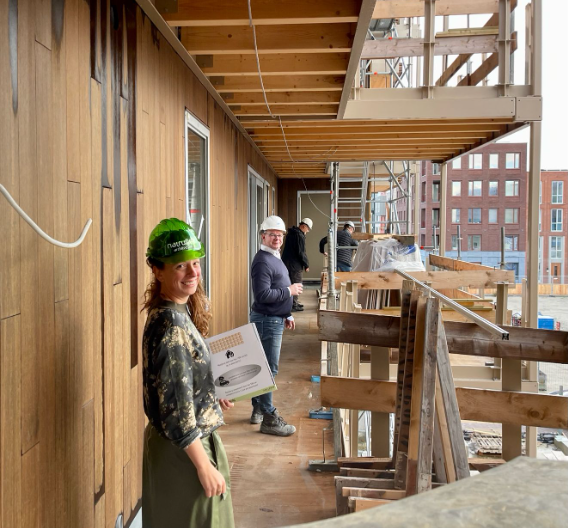Residual Value Calculator – encouraging reuse of construction products
In a context when circular economy actions are increasingly discussed, developing a sound and accepted financial methodology to calculate the future residual value of building elements of products is key to the success of that circular economy. In 2018, C2C ExpoLAB approached TNO seeking to co-develop such a method. The building sector is responsible for 50% of material use and 35% of CO2 emissions in the Netherlands. Using residual value calculations creates incentives to reuse building products at their end of (first) use, which reduces the need for virgin materials and contributes to a reduction of both impacts.

"If the financial residual value is clear, then reuse will be more likely at the end of the economic life."
Dr. Willemijn van der WerfOther business models in sight
The first phase of the project focused on calculating the residual value of inner walls in offices because these tend to change function after approx. 10-15 years, but their technical lifespan hasn’t stopped by that time. The first phase of the project was concluded in early 2019. The calculation model created uses material prices, disassembly, transport, maintenance, and repair costs to calculate the actual residual value of various construction products after a number of years. Important to notice, the residual value is actually a bandwidth which provides, on the lowest end, a figure which represents the residual value of resources (recycling) only and, on the highest end, the residual value of the elements (re-usage).
The project has just begun a second phase, now on the façade industry. The idea is to assess and validate the method created. This will allow the further development of the method, advancing knowledge and skills to work with industry in the future. There is a long learning process ahead. Each industry within the construction sector uses different materials and processes. This means a lot of data has to be collected and tested before the calculation model can be used as a tool by all. For this, it is important to have as many partners as possible. TNO sees this project as a Movement since the stakeholders involved in the acceptance of “residual value” are numerous; i.e. architects, producers, banks, taxation companies, assurance companies, etc. Not only a sound method and data are necessary, but also these stakeholders need to become engaged.



